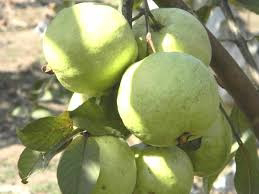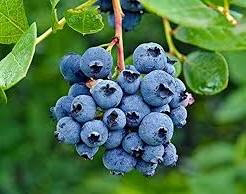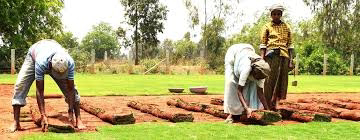Lemon farming

Lemon farming is the process of cultivating lemon trees for the purpose of producing lemons, which are a popular citrus fruit known for their sour taste and high vitamin C content. Lemons are used in a variety of culinary applications, as well as for their health benefits and uses in beauty and cleaning products. Here are some key aspects of lemon farming: Click on the link 🔗🖇️👇 https://daniblogs.com/BF/607328ob Climate and Growing Conditions: Lemons thrive in warm, subtropical or Mediterranean climates. They require full sun exposure and well-drained soil with a pH level between 5.5 and 6.5. Lemon trees are susceptible to frost, so they should be protected during cold weather. Varieties : There are several lemon varieties available for farming, such as Eureka, Lisbon, Meyer, and Ponderosa. Each variety has its own unique characteristics, including differences in flavor, size, and cold tolerance. The choice of variety depends on the specific requirements and preferences ...












